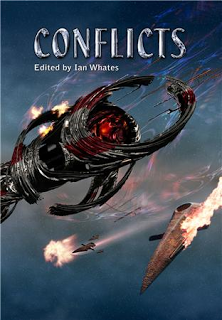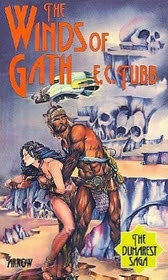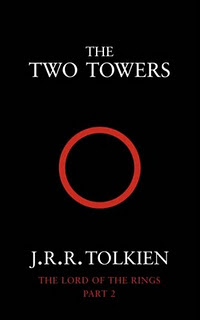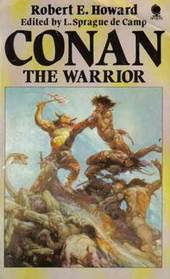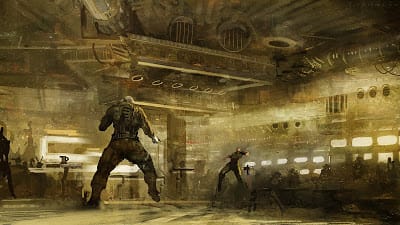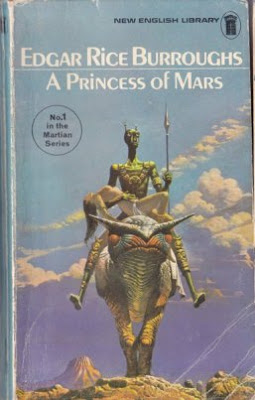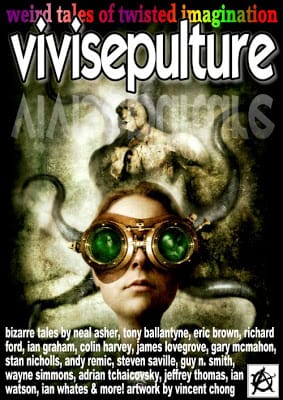And another 2,000+ words written today. How many times should I repeat this before you all get bored with it? Anyway, I’ve now reached the stage where I’ve got nine sections, or episodes of the story, chronologically ordered in a large lump of text 17,000 or so words long over 26 pages. I also have a contents list which details what I have, with one brief line describing each section. (I use this list to keep track of the story. I then copy it when I’ve finished and convert it first into a long synopsis, then that into a short synopsis, then that into cover blurbs)
Now it’s time to start deciding how I’m going to structure the book. Usually I divide up what I’ve written into about ten pages per chapter, but in this case I might be working slightly differently, in fact more like I did with Brass Man. A lot of what I am writing now is, essentially, backstory. I’m considering making these sections into ‘retroacts’ to start off each chapter, or to insert where relevant in the current story as reveals. This backstory also comes from two perspectives, so there will also be opportunities, in those reveals, to show stark contrasts.
So far as I plan, the story itself begins during the prador/human war (that backstory), then continues just after the events on Masada in The Technician. So far. Maybe I’ll end up just writing my way through to that point, I’m certainly enjoying myself at the moment. And maybe you’ll end up with more than one book.
